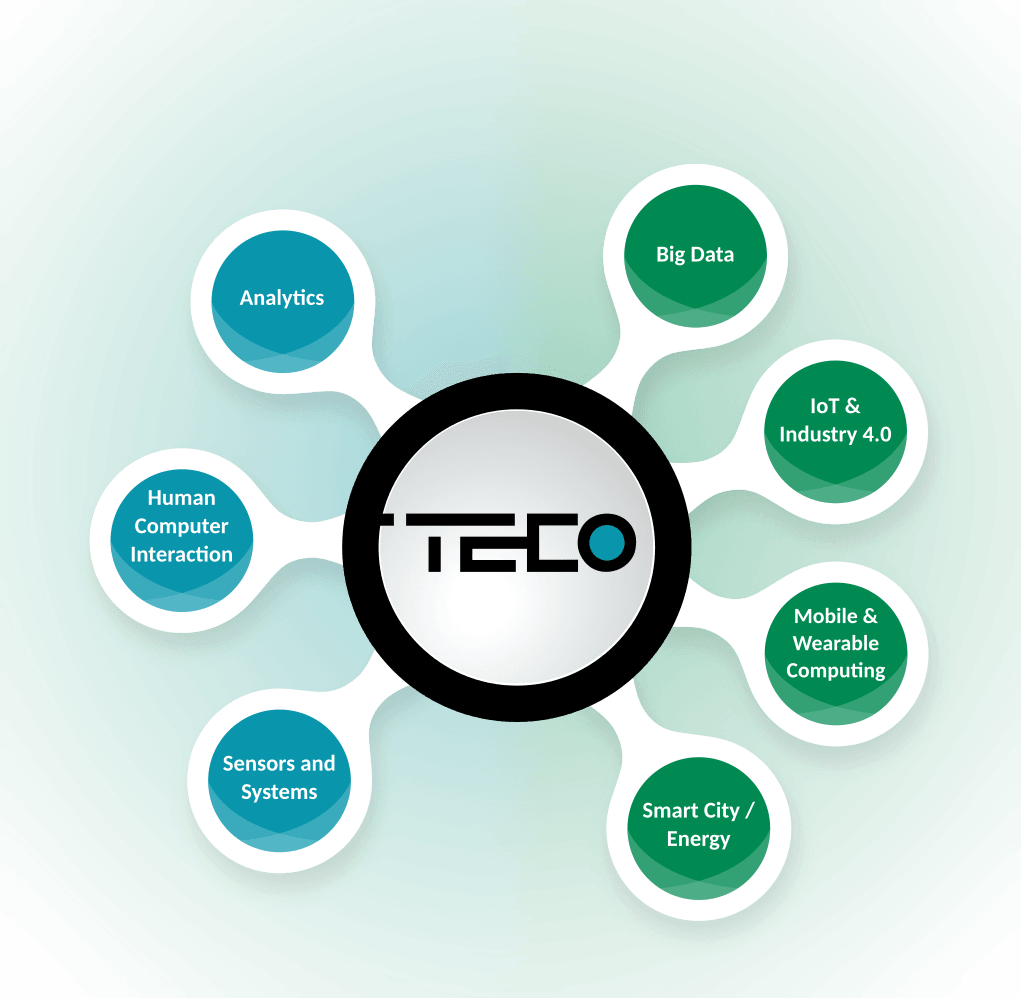Research – Projects
Since its founding in 1993, the TECO research group has been directing a multitude of projects across a wide range of research topics which can be divided into three broader Research Fields: Analytics, Human-Computer Interaction, and Sensors and Systems.
With partners from relevant industry sectors and the core idea to tie research and industry closer together, all of these projects are tightly linked to one or multiple Application Areas, most importantly Big Data, the Internet of Things & Industry 4.0, Mobile & Wearable Computing, and Smart Cities.
Other projects study how people interact with electronic devices and which tools can assist individuals or teams in different environments to benefit from technological advancement. Finding new forms of preparing and conveying information by using Augmented Reality or special feedback methods suited for particular contexts is essential to maximize the efficiency and usability of these computer systems.
Filter
OpenEarable
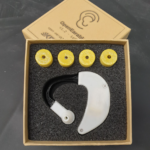
OpenEarable is a new, open-source, Arduino-based platform for ear-based sensing applications.It supports a series of sensors and actuators: a 9-axis inertial measurement unit, an ear canal pressure and temperature sensor, an inward facing ultrasound microphone as well as a speaker, a push button, and a controllable LED. We demonstrate the versatility of the prototyping platform more…
JuBot – Stay Young with Robots
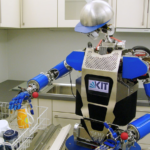
The JuBot Project, or “Stay Young with Robots,” focuses on improving the quality of life for seniors through the use of robotics. The project aims to enhance human-robot interaction by studying human activity recognition, allowing for a more intuitive and seamless interface. By analyzing and modeling human actions and behaviors, the system will recognize and more…
HIDSS4Health

HIDSS4Health and HIDA The aim of the Helmholtz Information & Data Science School for Health (HIDSS4Health) is to attract, promote and train the best young talents at the interface between data science and health-related applications. HIDSS4Health offers a structured doctoral training program embedded in a highly interdisciplinary research environment, bringing together experts from more…
RüttelFlug

RüttelFlug is a sensory augmentation wearable for paragliders. The intelligent wristband measures vertical speed of the pilot and converts it into intuitively differentiable vibration patterns. As tactile perception is used for information transmission, the pilot can use his other senses, such as the eyes and ears, for experiencing flying. The key to flying more…
IntEnseChoI: Intelligent Environment secures Choice of Interaction (Software Campus)
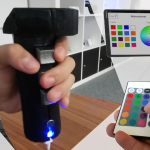
Ambient assisted living (AAL) technologies have great potential to guarantee a self-dependent life for people with disabilities like visually impaired people or the elderly. However, many AAL research projects fail to deliver market-ready products. The explicit application of Universal Design (UD) on smart home products could facilitate marketing them. Also, technologies, which are usable ─ more…
Prosperity4All

The world is increasingly being “technified”, yet many people can’t use modern ICT due to Disability, (Digital) Illiteracy, or Aging: We don’t have solutions for all. It’s too expensive for many. People don’t know what exists that would help them. Access to ONE device is no longer sufficient: access to all encountered devices is needed… more…
Software Campus: Haptic User Interfaces for Complex Visualizations (VibrAid)
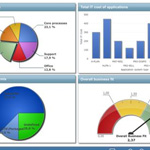
When visualizing big data streams, overwhelming the user with a large amount of information can quickly become an issue. This psychological phenomenon is called Information Overload and is usually caused by badly designed user interfaces, especially when too much information is shown on the screen at the same time. The key for overcoming these problems more…
Software Campus: Augmented Reality for in-situ Process Visualization (ARVis)
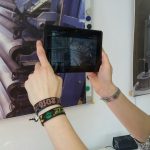
The increasing complexity of processes leads to an enormous amount of data which needs to be processed and understood by people. This is true for a great variability of processes, such as a production process in a factory or a more abstract procedure settled in an office environment. Finding a suitable way to visualize the more…
ProximityHat
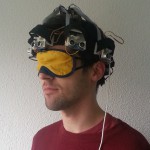
ProximityHat is a wearable sensory substitution system, which uses pressure actuators around the head to convey spatial information. It was already shown that the sense of touch can be used to augment our perception of reality. Existing systems focus on vibration signals for information transfer, but this is unsuitable for constant stimulation in everyday use. Our system more…
AR Sensors
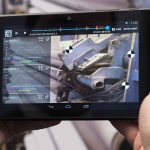
Servicing the factory of the future raises challenges for the service teams and organizations. The industrial plant environment is changing rapidly due to the impact of the market and new autonomously operating information technologies such as on site information and communication services, an Internet of Things (IoT), smart sensors and intelligent automation devices as well more…
Software Campus: PreTIGA

The Software Campus project PreTIGA is about optimizing player experience in game environments based on a generalizable model. The objectives are to build a game model generalizable to diverse game environments as a foundation to predict situations of interest like a decrease in fun or the drop-out of players and to proactively prevent such situation. more…
Software Campus: FRAGMENTS – A Development Framework for Human-Computer-Interactions in Intelligent Environments
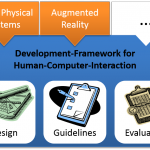
The Software Campus project FRAGMENTS is about interacting with intelligent environments. The goal is to create a software framework which can facilitate the design and development of efficient and intuitive user interfaces by the use of appropriate design guidelines. The editor at the core of the framework enables short iteration cycles by providing basic interface more…
SENSORAUM

In sensor networks, different types of sensors are used to capture events, recognize contexts, derive states of objects or monitor processes within application scenarios. The processes themselves are often very complex (e.g. in industrial applications) and a combination of sensor data from different sensor nodes is used to derive information regarding their states or properties. more…
SmartSurroundings
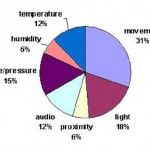
SmartSurroundingsThe Smart Surroundings research program is investigating a new paradigm for bringing the flexibility of information technology to bear in every aspect of daily life. It foresees that people will be surrounded by deeply embedded and flexibly networked systems that provide easily accessible yet unobtrusive support for an open-ended range of activities, to enrich daily more…
AmbientTelePresence

AmbientTelepresence researched the possibility to build up a ambient presence of remote people using a Ubiquitous Computing environment instrumented with embedded devices rather than with video or audio transmission. “Ambient Telepresence is a method to give someone the feeling that someone else is present while they are not co-located”. The project showed that transfer of more…
Ambient Human Computer Interaction, Wearable HCI, implicit Interaction
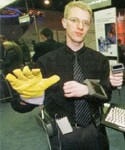
Several projects reserched the use of ambient, non-obtrusive human-computer interaction. For wearable computers, we developed an interface that is able to observe users behaviour and conclude on the behaviour (implicit Human Computer Interaction). In contrast to traditional HCI concepts, users have not to be trained for the application nor have do they need to be more…
Point&Click: AIDE
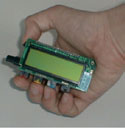
Point&click researches on ways to control devices in the environment using a single handheld device and interface. It concludes that a split in two phases (point and click) is most appropriate also for controlling (embedded) electronic devices in a physical environment. It also found that there is less chance to find a general interface for more…





